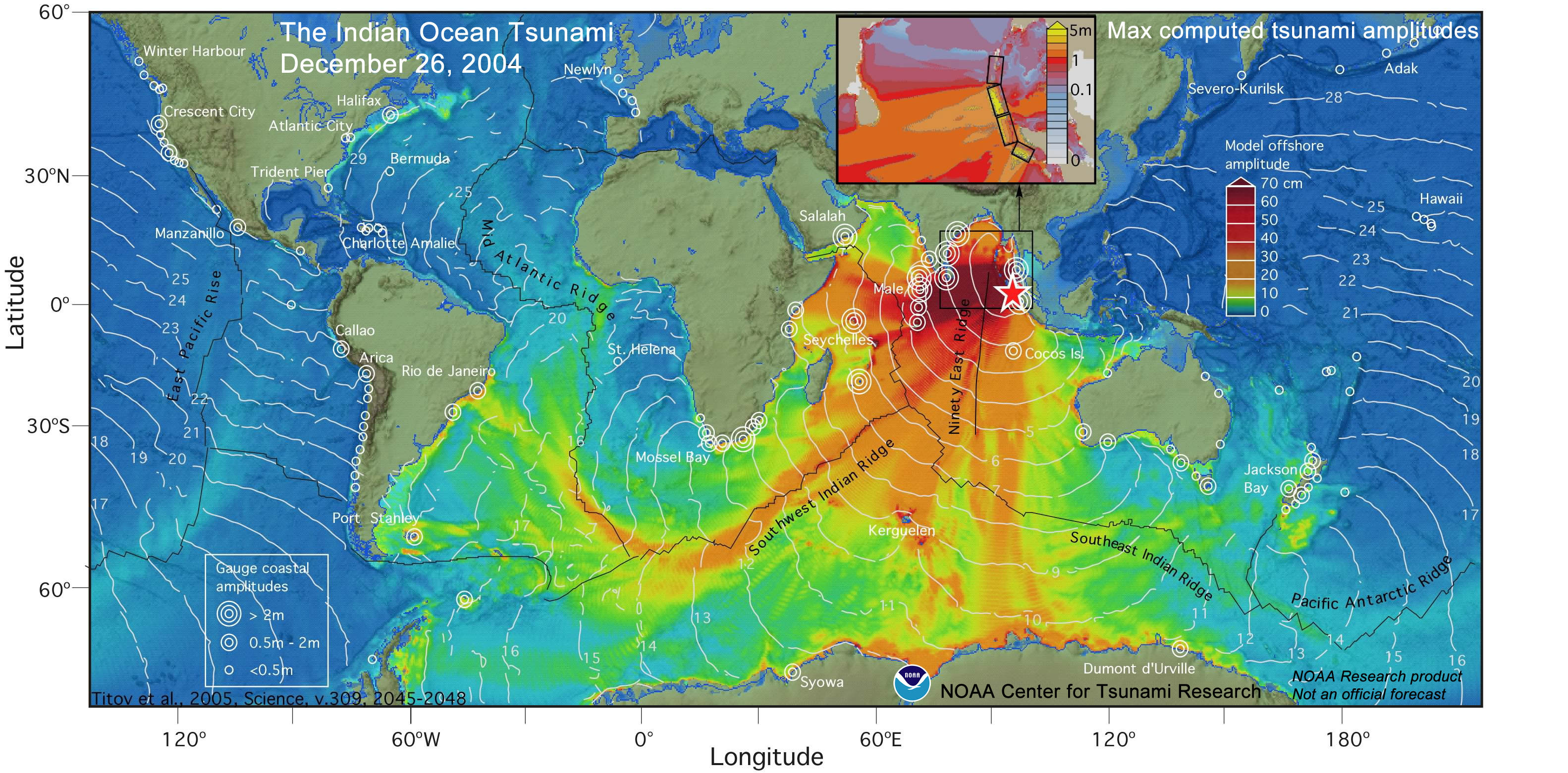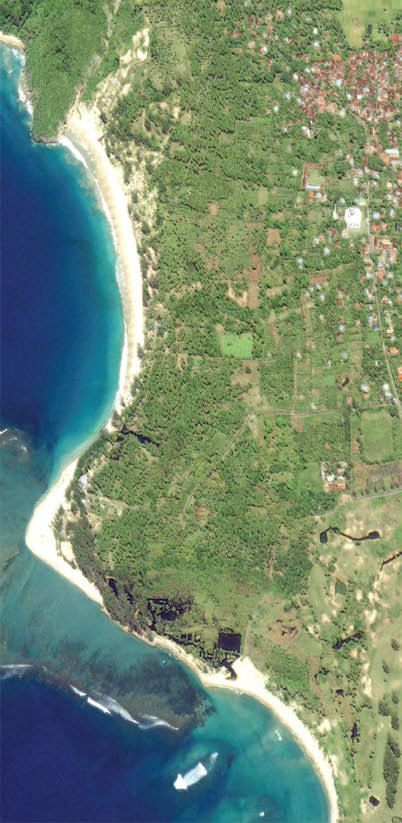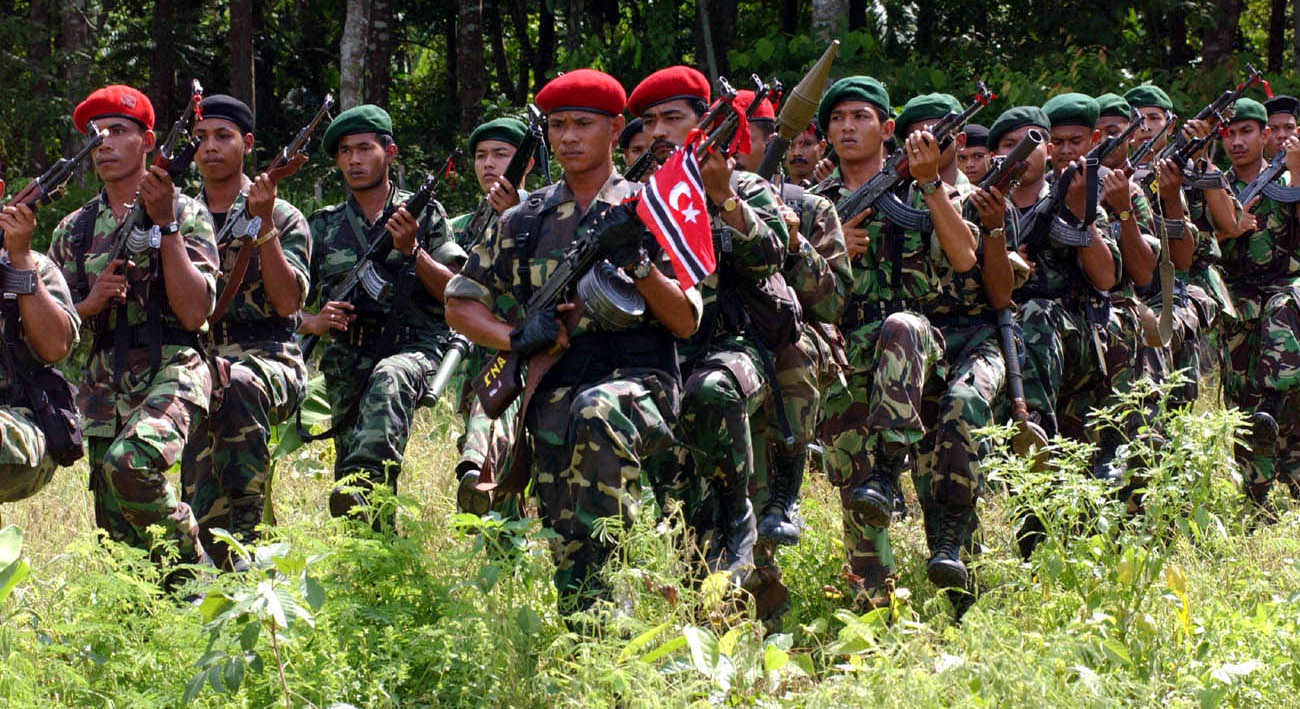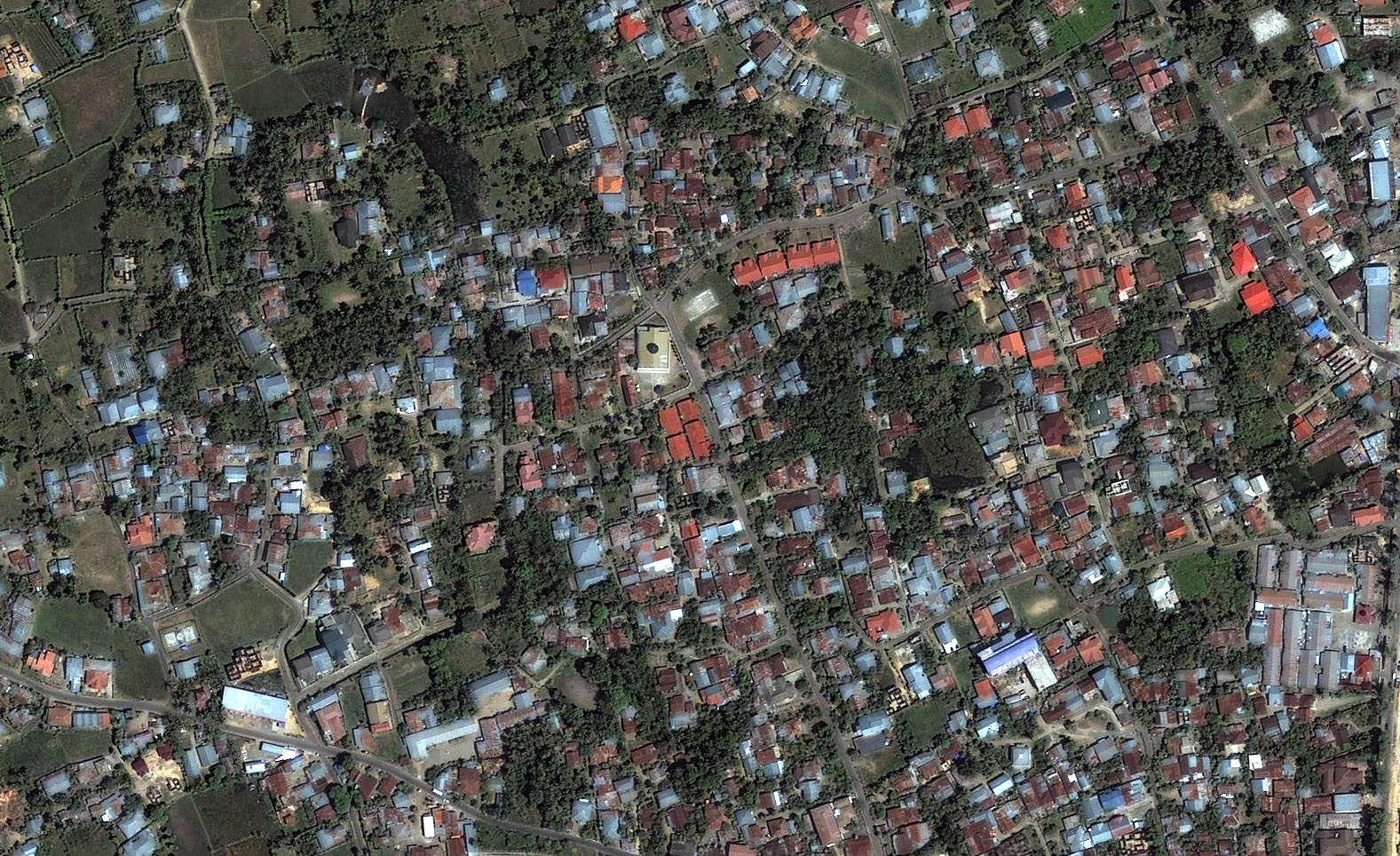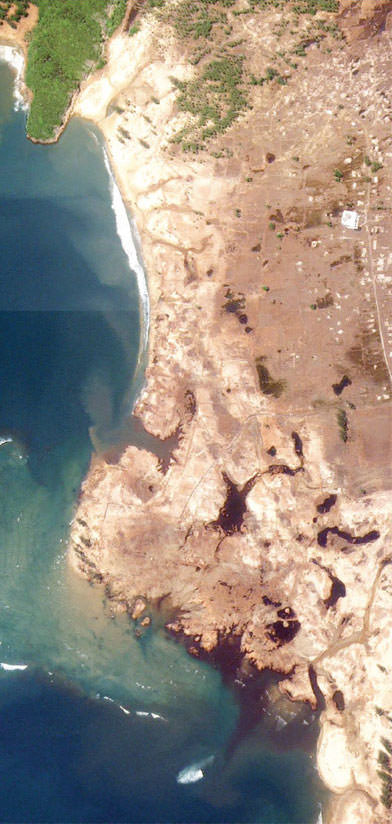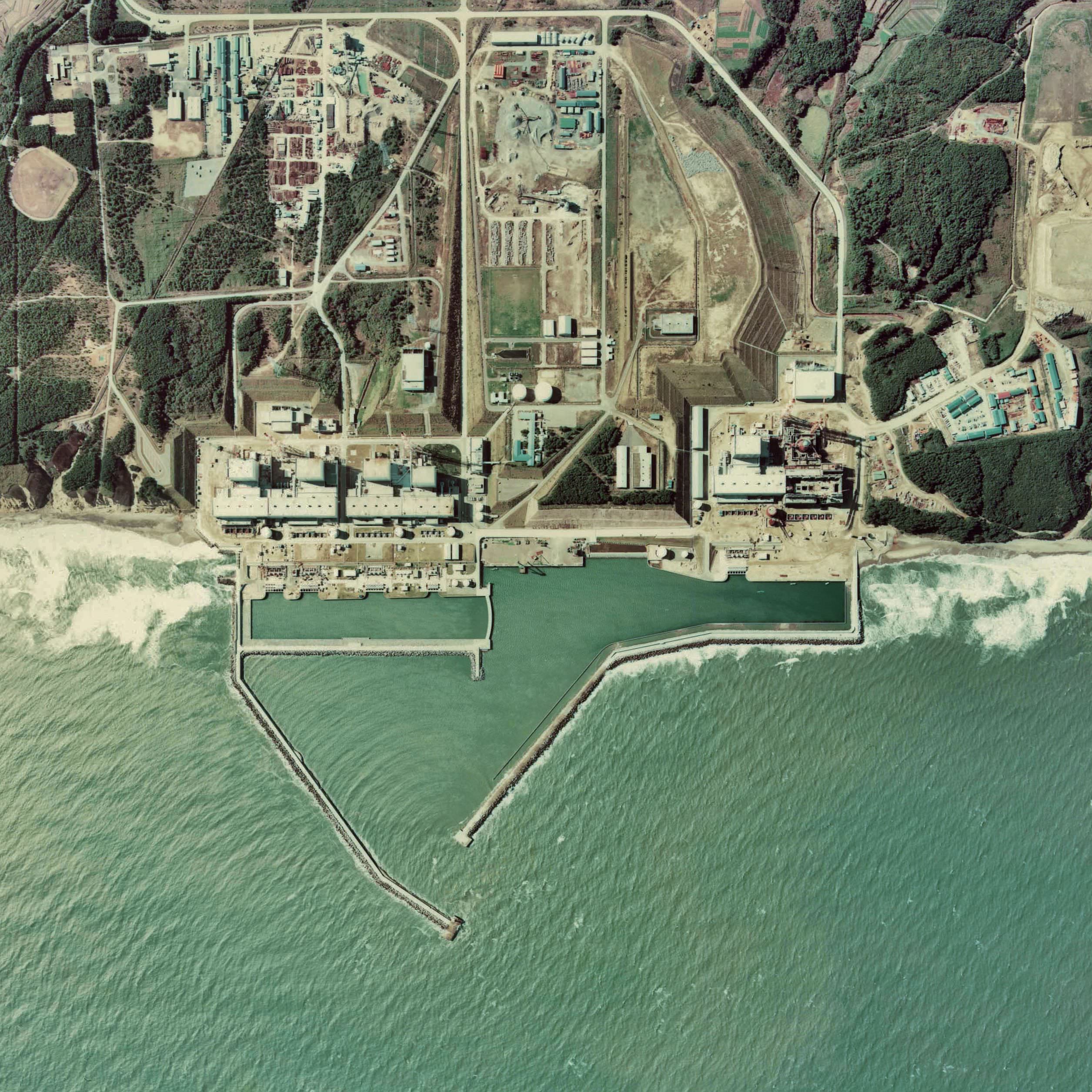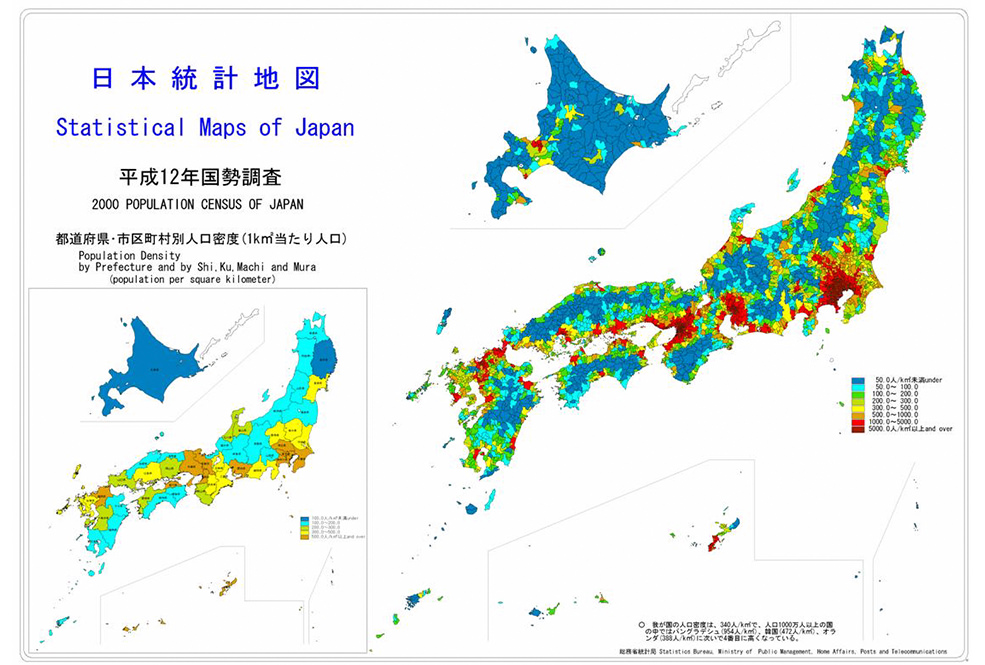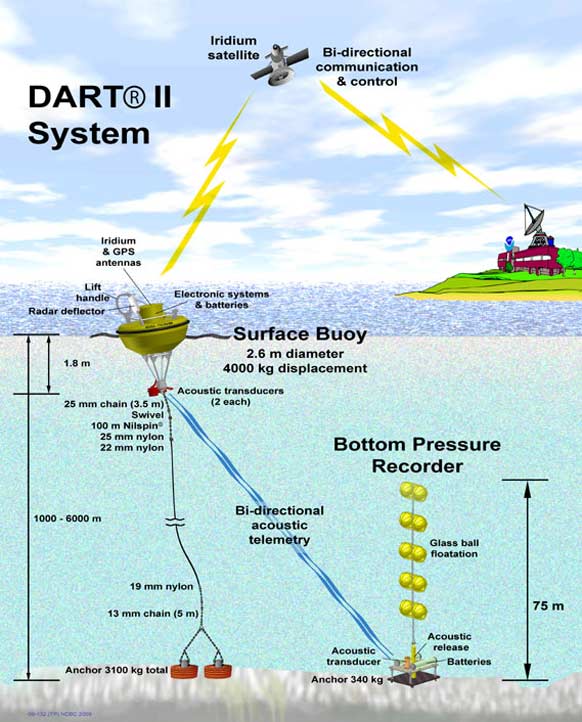Country: Indonesia
[ Hazard ]
Country: Japan
[ Hazard ]
[ Exposures ]
Principal Area of Impact
Aceh Province, Indonesia / Northern end of Sumatra Island
- Population Prior to the Event
3.931 Million Estimated (Aceh Province, 2000)
Previous Year's Gross Domestic Product (GDP)
234.8 Billion USD (2003)
Previous Year's Gross Domestic Product Per Capita
1,076 USD (2003)
Source(s)
• 2000 Population Census, BPS-Statistics Indonesia
• World Bank Group
 Gallery
Gallery 
[ Exposures ]
Principal Area of Impact
Tohoku Region, Japan / Northeast Honshu Island
- Population Prior to the Event
7.08 Million Estimated (Aomori, Iwate, Miyagi and Fukushima Prefectures, 2010)
Previous Year's Gross Domestic Product (GDP)
5.495 Trillion USD (2010)
Previous Year's Gross Domestic Product Per Capita
43,118 USD (2010)
Source(s)
• Population and Households of Japan 2010, Statistics Bureau of Japan
• World Bank Group
 Gallery
Gallery 
[ Vulnerabilities ]
Governance
World Bank Group Indicator –
Regulatory Quality (Percentile Rank):
20.6 (2003)
World Bank Group Indicator -Government Effectiveness (Percentile Rank):
37.6 (2003)
World Bank Group Indicator –
Rule of Law (Percentile Rank):
20.6 (2003)
World Bank Group Indicator – Voice and Accountability (Percentile Rank):
37.0 (2003)
World Bank Group Indicator – Political Stability and Absence of Violence (Percentile Rank):
2.9 (2003)
Corruption
World Bank Group Indicator – Control of Corruption (Percentile Rank):
14.6 (2003)
Transparency International Corruption Perception Index Score:
1.9 (2003)
Transparency International Corruption Perception Index Rank:
122 out of 133 (2003)
Development
World Bank Group - GINI Index:
Not Available
Previous Year’s Human Development Index Score (HDI):
0.697 (2003)
Previous Year’s Human Development Index Rank (HDI):
110 out of 177
Source(s)
• World Bank Group
• Human Development Report 2005
 Gallery
Gallery 
[ Vulnerabilities ]
Governance
World Bank Group Indicator –
Regulatory Quality (Percentile Rank):
81.8 (2010)
World Bank Group Indicator -Government Effectiveness (Percentile Rank):
90.4 (2010)
World Bank Group Indicator –
Rule of Law (Percentile Rank):
88.2 (2010)
World Bank Group Indicator – Voice and Accountability (Percentile Rank):
80.1 (2010)
World Bank Group Indicator – Political Stability and Absence of Violence (Percentile Rank):
76.9 (2010)
Corruption
World Bank Group Indicator – Control of Corruption (Percentile Rank):
91.9 (2010)
Transparency International Corruption Perception Index Score:
7.8 (2010)
Transparency International Corruption Perception Index Rank:
17 out of 178 (2010)
Development
World Bank Group - GINI Index:
Not Available
Previous Year’s Human Development Index Score (HDI):
0.884 (2010)
Previous Year’s Human Development Index Rank (HDI):
11 out of 169
Source(s)
• World Bank Group
• Human Development Report 2010
 Gallery
Gallery 
DR
CatR
[Risk]
